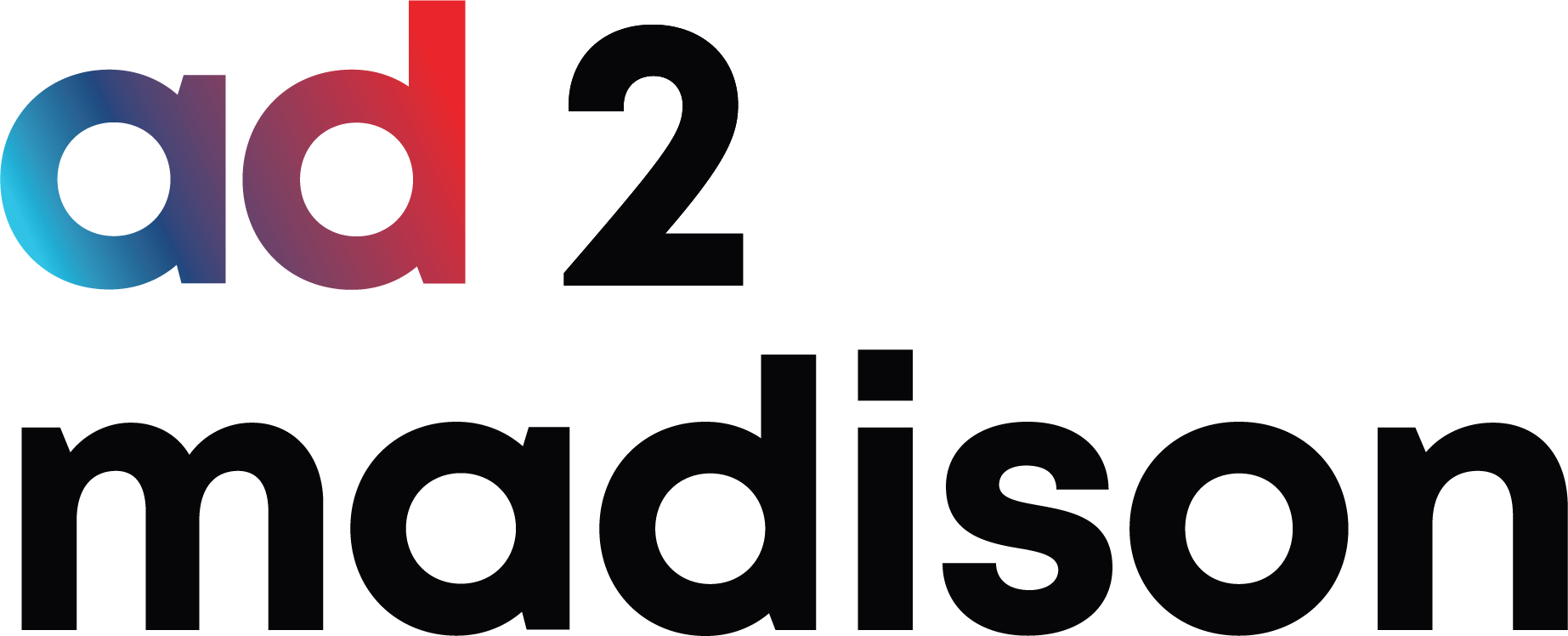You may think to yourself “I don’t need to know that stuff. I just [insert what you do here].” Well I’m here to tell you why you actually do need to know HTML. Just because your job doesn’t require you to develop a website doesn’t mean that HTML can’t be a useful tool or skill to add to your resume.
Marketing Is Digital
What?! Yeah, it’s not surprising that marketing is digital. Between social media, paid digital, paid social, SEO, email marketing, blogs, websites etc. nearly everyone is using digital heavily in their day-to-day marketing tactics. But you know what’s at the center of all of those? The website. I may be biased as a former front-end web developer, but when you think about it, it’s true. If you look at every single digital tactic, they all, at some point, direct your target audience to your website. And it’s not just digital. Print tactics like direct mailers and billboards also direct people to a website.
Now I bet you’re thinking “Well, great. Websites are important. But we have someone for that.” And I
bet you do. I am that person at my company. But not everyone does. Agencies big and small, companies of all sizes and even entrepreneurs all need to, at some point, update a website. Sure, it may not be a frequent occurrence for all, but that may shift over time. You may find yourself writing blog posts and needing to fix some weird styling after pasting in from Word. Or you may be tasked with editing copy on a landing page. Or maybe putting together an email. While most of these tasks occur in WYSIWYG (What You See Is What You Get AKA a Word-like) editors, funky stuff can and will happen, and that’s when HTML comes in handy.
You Don’t Need To Be An HTML Expert
If you run into situations where you need to pull in some HTML knowledge, you really only need to know some basics. They’re not going to ask you to build a website from scratch or anything like that. It’s probably going to be stuff like “Make that sentence bold,” or “That should be a bigger headline.” And there’s good news for you millennials out there. You probably already know very basic HTML from back in our MySpace days. (Yes, I’m serious). Here is a super basic (I mean SUPER basic) lesson in HTML:
There are things called tags that need to open and close whatever you are changing. So if you want to make a sentence bold, you would see: <b>This sentence would be bold.</b> All tags are written in that same way the two carrots with the tag inside to open and the two carrots with a backslash before the tag to close. Simple enough? Here are some common tags:
- <h1></h1> This is a “H1” tag, or a HUGE BIG IMPORTANT headline. *Note there should only be ONE of these per page, but I digress. These also come in different sizes from H1 all the way through H6. H1 is the biggest, H6 is the smallest.
- <p></p> This is your standard paragraph tag. It’s exactly what you would think, a normal
paragraph would go inside. - <b></b> This is your bold tag.
- <em></em> This makes things italicized.
Simple, right? These are the very basics of HTML.
Now What
Now you know the basics of HTML. Hurray! But in all seriousness, knowing just these simple basics can help you down the road if you aren’t in a position to make web or email changes. It can help you be more efficient (no more bugging the dev team to fix your page that’s now all gigantic H1 text) and can make you more marketable as an employee. In my own personal experience, I’ve seen marketers who know HTML at CUNA Mutual (a 3,500+ employee company) and at The Digital Ring (a start-up agency) have an easier time accomplishing their goals with just some minor HTML knowledge.
If you want to learn more HTML basics here are some resources that can help you teach yourself:

